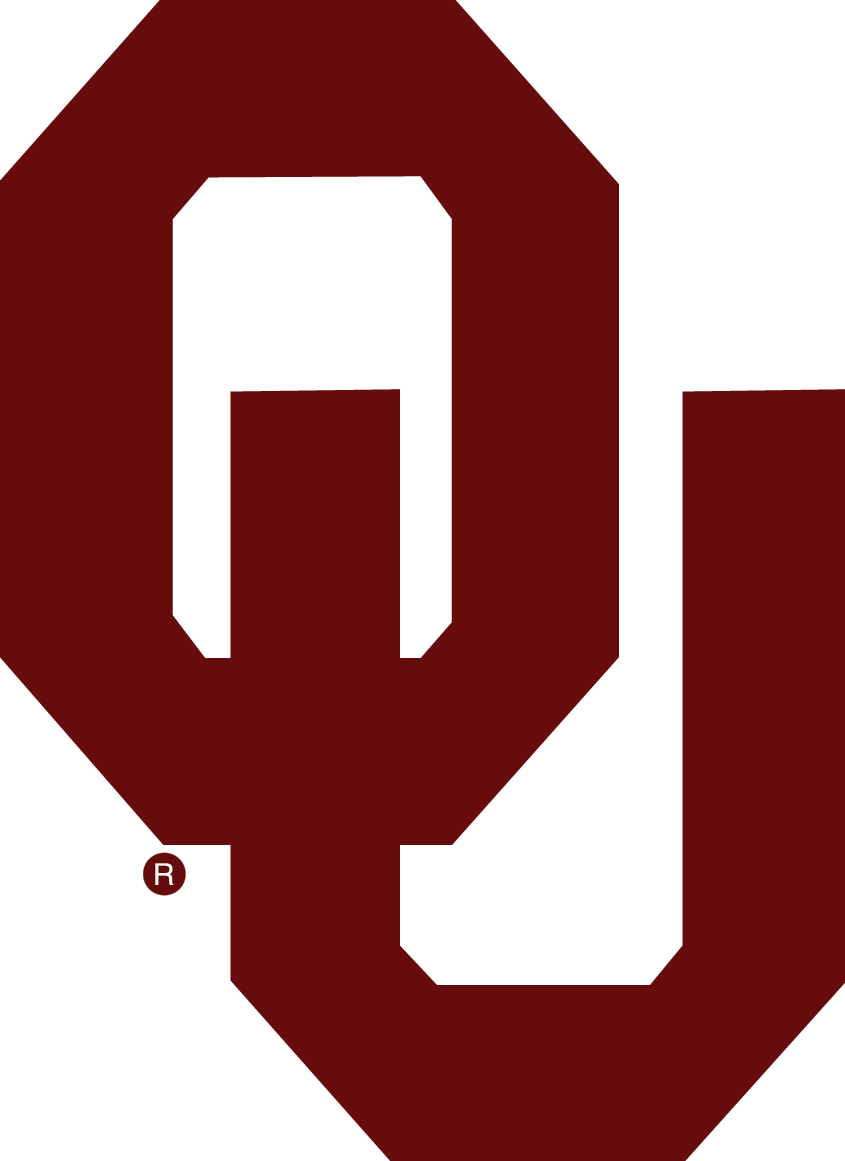Whether on campus or in a clinical environment, the student should project a professional image. Although structured guidelines are identified only for dress in the clinical setting, it is the desire of faculty and dean that students appear neat, clean and well-groomed at all times.
The following are minimal departmental guidelines. Additional dress and identification guidelines of a particular site/facility must also be observed. The student should ask on the first day of a rotation for any additional facility guidelines relative to dress and identification.
Identification: The Department arranges for official nametags. Nametags must be worn in all practice settings and students will not be allowed to participate in a practice setting without some type of official identification. It is important that the student be easily identified by both name and discipline, particularly in a setting where students and professionals from many disciplines are engaged in the delivery of health care. In addition, the student purchases a picture ID that is to be worn in any facility located on the Health Sciences Center Campus.
Dress: Professional dress is conservative business attire. In any practice setting, no casual clothing, including jeans, should be worn unless the preceptor has specifically indicated such for a particular activity. Uniforms are typically not required as most facilities require lab coats worn over professional clothes. Occasionally, students may be asked to wear scrubs, depending on the assigned facility. If you do wear scrubs, they should be clean and neat.
Shoes: Feet must be protected; therefore, do not wear sandals, flip-flops, or any other open-toed shoes. For the Food Service Management and Food Preparation Practicum, non-slip shoes are required.
Hair: Hair absolutely must be clean and neatly groomed; hair is a natural reservoir for bacteria and disease-producing organisms and thus should be worn in such a way as to not make contact with patient records, equipment, food trays, patient bedding, etc. (i.e. wear away from the face). Beards are acceptable if they are neat and kept closely trimmed. (Exception: some facilities many not allow beards in the foodservice area. The student should ask the preceptor prior to the respective rotation.) Specific facility guidelines for covering/restricting hair must be strictly observed during the foodservice rotation.
Jewelry: Avoid jewelry that is large and could inadvertently be grasped by a patient, caught in patients’ bedding, or fall into the food. The best rule is to leave jewelry at home.
Scents: Avoid heavy scents. Strong odors, even of a pleasant nature, are often offensive to those who are ill.
Hygiene: Daily personal hygiene is a must; nails should be clean, trimmed and free of polish. Teeth, hair, and body should be clean and free of odor. Avoid putting your hands to your hair, face, and mouth, and wash hands frequently.
Undergarments: Undergarments should not show through outer clothing.
Lab coats: Lab coats should be solid white, clean, and should be starched. Lab coat should be pressed and have sharp creases regardless of type of fabric. Lab coats should be kept on a hanger when not worn. Lab coat should be blazer-length.
If in doubt as to whether a particular article of dress is appropriate, do not wear it. Consult with your preceptor or Program Director about an article where there is question. Above all, remember that professional dress is conservative dress. Interpretation of appropriateness rests entirely with facility staff followed by that of the Program Director. Facility preceptors/supervisors have been instructed to send a student home to change clothes if they are dressed inappropriately. Time missed to go home and change will have to be made up at the preceptor’s convenience.
Amid all of these guidelines and apparent restrictions, please try and remember that appearance is a major way in which to instill confidence in others and earn respect from peers, facility personnel and other healthcare professionals with whom you come in contact. If unable to command respect, a student may receive little assistance/cooperation when it is needed most. You do not want your knowledge and work to be missed due to what you are wearing.

